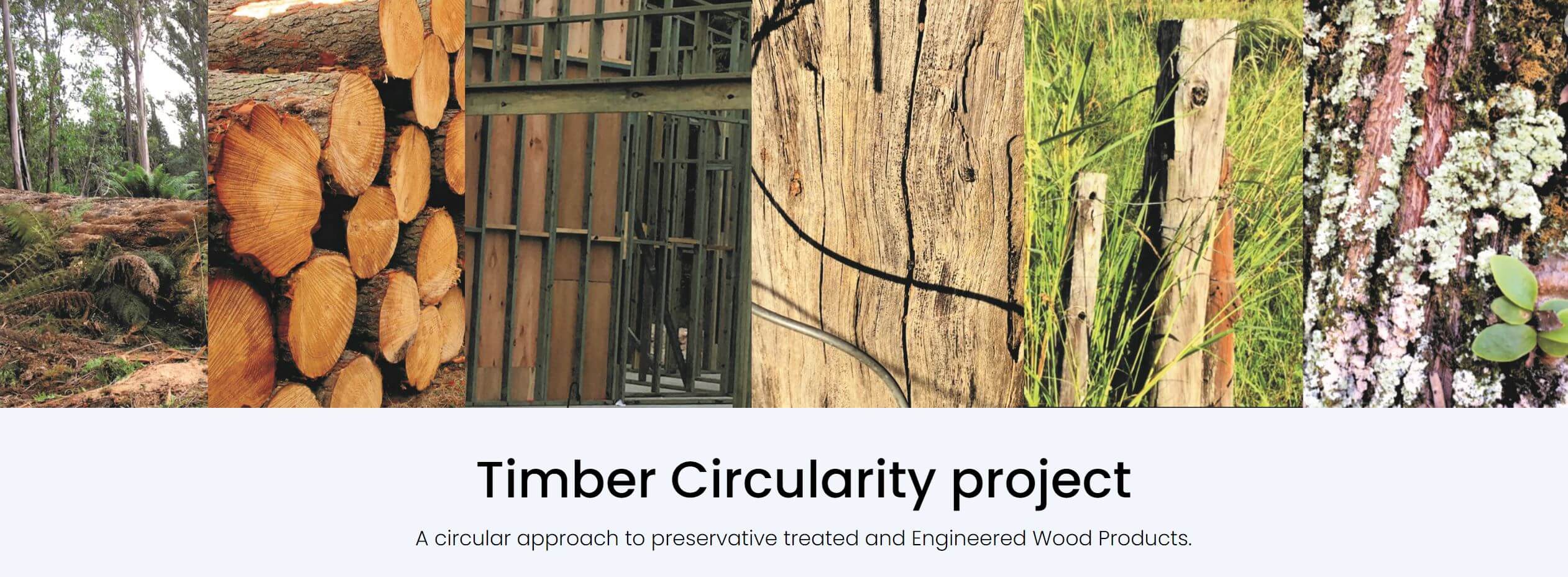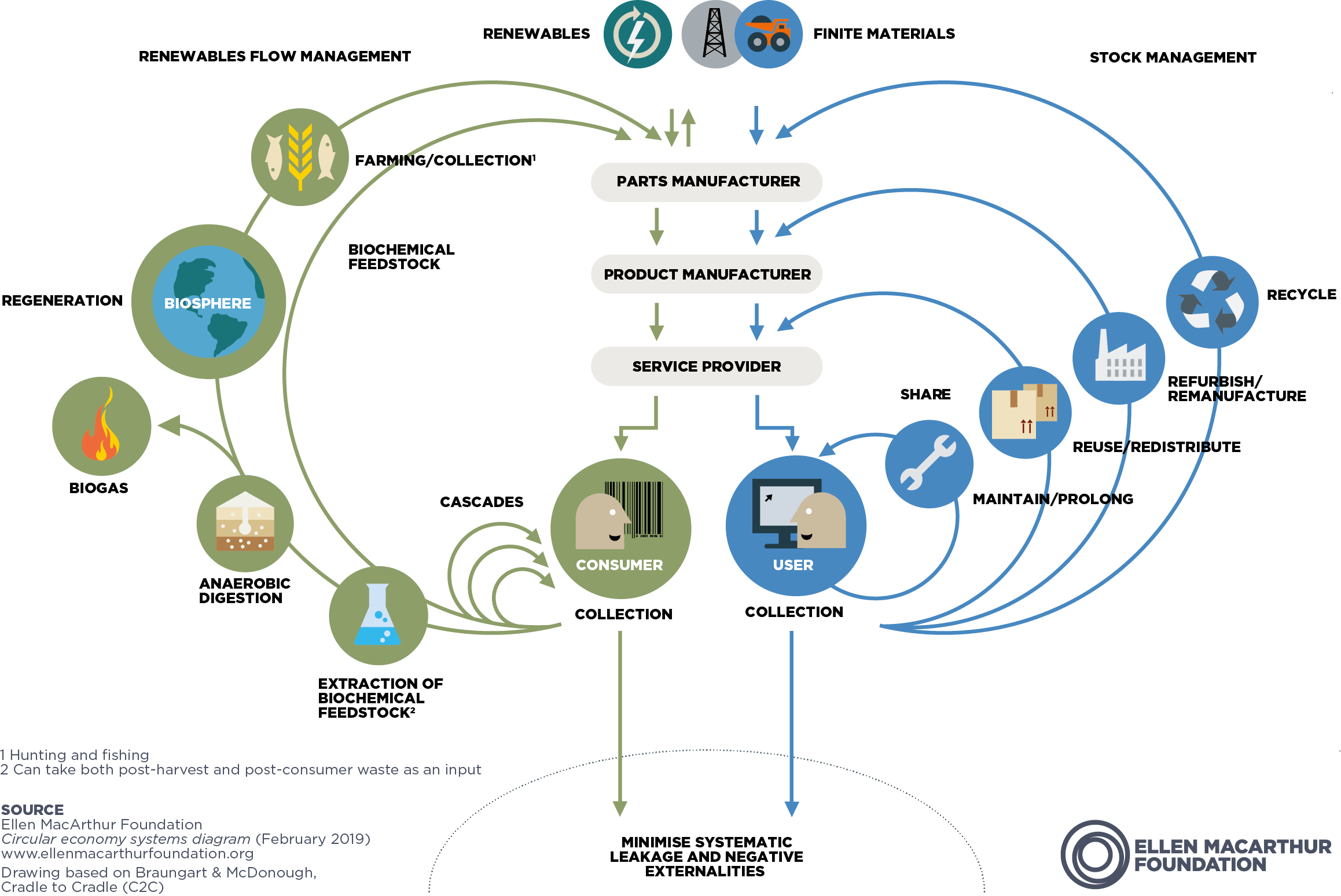We want you involved – what happens to your timber surplus / waste?
This piece was written by FTMA’s Kat Welsh.
The University of the Sunshine Coast’s Timber Circulatory project, funded by FTMA, FWPA, Wine Australia, and other industry partners needs your assistance.

FTMA will soon be sending out a link to a survey on behalf of the project researchers. We will be promoting it as well, in the weeks to come – even if you’re not an FTMA member, but are a frame and truss fabricator, please get on board with this.
The survey only takes 5 minutes, and it will be collecting critical information into how fabricators across the country deal with surplus management issues.
So far some of our members have already opened their doors for the research team to do site visits, learn and gather information about the issues, storage, or disposal options. But the research team need more nationwide data. “The Frame and Truss survey is an important step in regionally quantifying timber resources and determining solutions based on amount and type of resource available. It will help the industry reduce disposal costs and value their timber resource,” said Dr Pene Mitchell, circular economy research fellow.
This is important research for our sector – the Australian Government are committed to a circular economy by 2030, and a reduction of resources ending up in landfill – our sector must be part of the solution pathway. You can help, by taking a few minutes to fill in the survey. If leftover timber is a problem, do the survey – if you have a solution, do the survey. Professor Tripti Singh, director of the Centre for Timber Durability and Design life, said, “Quantifying resources, their location, and condition is an important step in finding solutions.”
Once the survey has been completed and analysed it can then be used to provide industry with solutions for utilising timber as a resource rather than a waste – helping fabricators to significantly reduce their disposal costs.
The survey wants to know what these issues are. How much timber is leftover, where is it going, how much is it costing? And, what are some of the alternatives that people have tried. Professor Singh re-iterated, “Integrating timber into a circular economy framework provides opportunities to enhance its value, reduce environmental impact, and contribute to climate change mitigation by promoting responsible and sustainable practices through numerous lifecycles.”

Photo Credit: Ellen Macarthur Foundation
What’s left from the manufacturing process, is causing issues for many fabricators, and associated businesses. It’s building up, going to landfill, and costing fabricators a lot of money to deal with. There are many variables throughout Australia and for numerous fabricators options are limited or don’t exist outside of the tip. This is something that FTMA wants to assist with as a priority.
Working collaboratively as a sector, will help the project progress solutions for us all. Completing the 5-minute survey will provide the research team with a great deal of information and enable them to pinpoint amounts and types of waste which will contribute to determining circular solutions on a regional basis. Unless other options are identified, this could result in increasing disposal costs for fabricators in the future – something nobody wants.
When the survey link gets sent out in the next couple of weeks, please support this crucial gathering of data.
Our Principal Partners



